This article was co-authored by Courtney Copriviza. Courtney Copriviza is an Elementary School Teacher based in Maui, HI. Courtney specializes in elementary education, classroom management, and social and emotional development. She holds a BA in Communication with a minor in Urban Education and an MA in Teaching from Santa Clara University. Courtney has also taught high school in Madrid, Spain. She is a member of Kappa Delta Pi International Honors Society in Education.
There are 10 references cited in this article, which can be found at the bottom of the page.
wikiHow marks an article as reader-approved once it receives enough positive feedback. This article received 13 testimonials and 86% of readers who voted found it helpful, earning it our reader-approved status.
This article has been viewed 458,197 times.
If you always get comments on how sloppy your handwriting is, maybe you're ready to change it up. You can simply improve it with a few tips or by focusing on how you make your letters. However, if you want a different style completely, that will take more practice, though it is still doable.
Steps
Forming Letters
-
1Check out each letter. Do any of them look squished or not formed correctly? Practice writing that letter in good form by comparing it to an online chart.[1]
-
2Use bigger letters. For a period of time, try using bigger letters when you write. That way, you can see if you are making letters in the right way, and you can correct as you go.[2]
- One way to encourage larger writing is to use wide-ruled paper.
Advertisement -
3Look at the heights of your letters. Your letters should all come up to about the same height, and any descenders should go about the same length below the line.[3]
- For instance, your lowercase "g" and "y" should go down about the same length. Also, they shouldn't be cramping the line below.[4]
- Use a ruler to check your height. If you lay it across the top of your uppercase and lowercase letters, you can see if you make certain letters shorter or taller.
-
4Watch out for spacing. Make sure you aren't spacing your letters too far apart or too close together. Half of a lowercase "o" should fit between letters, no more.[5]
Developing a Different Style
-
1Go back to school. That is, if you want a new style of writing, you need to relearn the way you write, which won't be that different from the way you learned to write as a kid.
-
2Find a font you like. You can use font sites to find a font that you admire or even just use your word processing software.[6]
-
3Print off the font in lowercase and uppercase letters. You can also include pangrams such as "The quick brown fox jumps over the lazy dog." Pangrams are texts that contain every letter in the English language, so they are good for practice.
- Start out using a larger size for your font, such as 14 point.
-
4Use tracing paper or other lightweight paper. Place the paper over the page you printed. Trace over the letters with a pen or pencil.[7]
-
5Move on to copying. Once you've traced the letters a few times, move on to copying the letters by looking at the letters and trying to write sentences. This forces you to look at how the letters are actually formed.[8]
-
6Try it on your own. Without looking at the font, try writing in the same style. Though it will not perfectly match the original, you will be using a different handwriting style.
-
7Practice the font. To make the font your own, you must practice it often. Try writing in a journal or writing out your grocery list in that style. Over time, it will feel more natural.[9]
Making Changes to Improve Handwriting
-
1Find the right pen. The right pen will be different for each person, but in general, you should look for one that flows well and that you won't grip too tightly. Larger grips can help you loosen your grip.[10]
-
2Take your time. Most of the time with handwriting, it's just about patience. Good handwriting takes time, and if you rush through it, your writing will be sloppy. If you catch yourself being sloppy, take a deep breath, slow down, and start again.[11]
-
3Practice good posture. Sit up at a table with your back and arm straight. Don't grip the pen or pencil too hard, as that can make your hand cramp.[12]
-
4Try air writing. This method teaches you to write with your arm instead of drawing the letters with your finger, making for better writing.[13]
- Holding your hand in the air, mostly use your forearm and shoulder to write large letters in the air. This practice will help you feel what muscles you should be using when you write.
- Move to smaller letters in the air.
- Use paper. When you first move to paper, try simple strokes like circles and slashes. Keep them as evenly spaced as possible, while still using the muscles in your arm.
-
5Don't press too hard. Pressing too hard can lead to crooked letters. Instead, lift up a bit and let the letters flow smoothly.[14]
-
6Practice daily. Take some time each day to actually use your handwriting.[15]
- One easy way to get your practice in is to keep a daily journal. Write about what happens in your day or what you're feeling.
Community Q&A
-
QuestionHow many minutes should I practice a day?
 Community AnswerAs much as you can. The more you practice, the quicker your handwriting will improve. But don't practice so much that your hand cramps!
Community AnswerAs much as you can. The more you practice, the quicker your handwriting will improve. But don't practice so much that your hand cramps! -
QuestionWhat are some sample sentences that I can write to improve it?
 Community Answer"The quick brown fox jumped over the lazy dog" and “Sphinx of black quartz, judge my vow”.
Community Answer"The quick brown fox jumped over the lazy dog" and “Sphinx of black quartz, judge my vow”. -
QuestionShould I start with pen or pencil first?
 Community AnswerEither is fine, though most people use a pen. A pen can be useful so that you don't feel a need to erase your mistakes and start over. You need to study your mistakes in order to know what to work on.
Community AnswerEither is fine, though most people use a pen. A pen can be useful so that you don't feel a need to erase your mistakes and start over. You need to study your mistakes in order to know what to work on.
References
- ↑ http://www.theguardian.com/lifeandstyle/2014/may/11/how-improve-your-handwriting
- ↑ http://www.theguardian.com/lifeandstyle/2014/may/11/how-improve-your-handwriting
- ↑ http://www.theguardian.com/lifeandstyle/2014/may/11/how-improve-your-handwriting
- ↑ http://www.theguardian.com/lifeandstyle/2014/may/11/how-improve-your-handwriting
- ↑ https://ot.eku.edu/sites/ot.eku.edu/files/files/Spacing1.pdf
- ↑ https://lettering.org/hand-lettering/
- ↑ http://www.education.com/magazine/article/preschool-letter-writing/
- ↑ http://www.parents.com/toddlers-preschoolers/development/writing/teaching-preschoolers-to-write/
- ↑ https://lettering.org/hand-lettering/
- ↑ https://www.theguardian.com/lifeandstyle/2014/may/11/how-improve-your-handwriting
- ↑ http://www.theguardian.com/lifeandstyle/2014/may/11/how-improve-your-handwriting
- ↑ https://occupationaltherapy.com.au/the-importance-of-good-sitting-posture-for-handwriting/
- ↑ https://www.education.vic.gov.au/school/teachers/teachingresources/discipline/english/literacy/writing/Pages/litfocushandwriting.aspx
- ↑ https://www.edutopia.org/article/how-teach-handwriting-and-why-it-matters
- ↑ https://raisingchildren.net.au/toddlers/play-learning/learning-ideas/handwriting
About This Article
If you want to change your handwriting, start by finding a pen that fits comfortably in your hand. This will help you be able to guide the pen over the paper more smoothly. Take your time when you’re writing, and don’t press too hard with the pen, or you’ll end up writing crooked letters. While you’re writing, sit up at a table with your back and arm straight so you will have more control over the pen, and take time to practice your handwriting every day. Keep reading to learn tips on how to space your letters for the neatest possible handwriting!


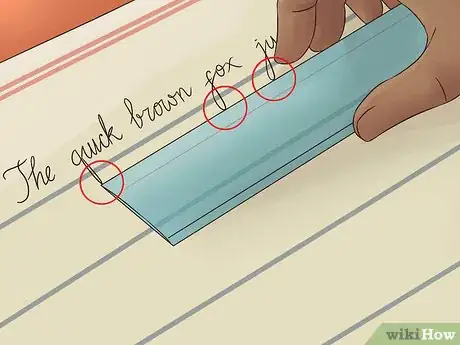
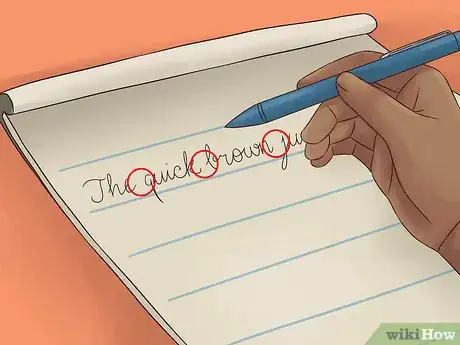
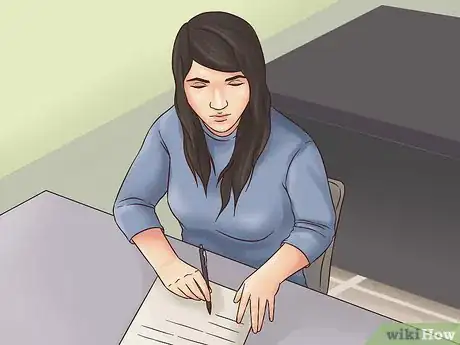

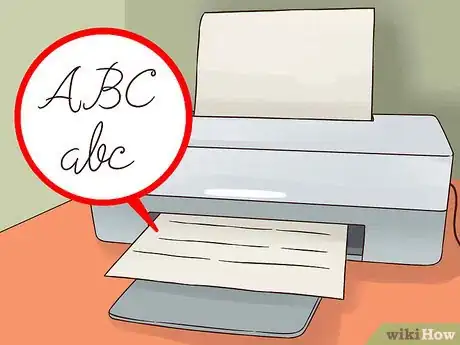
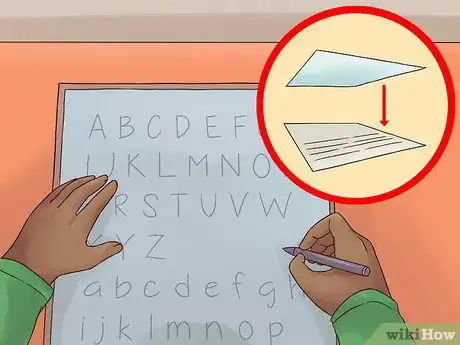
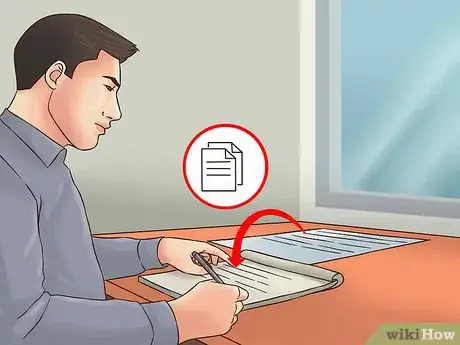
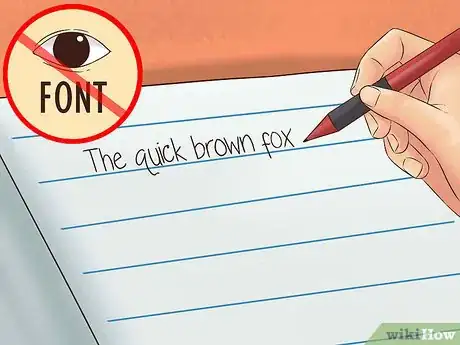
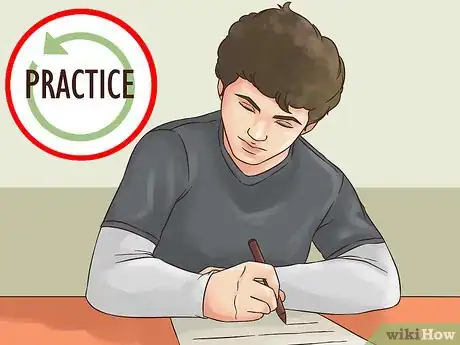
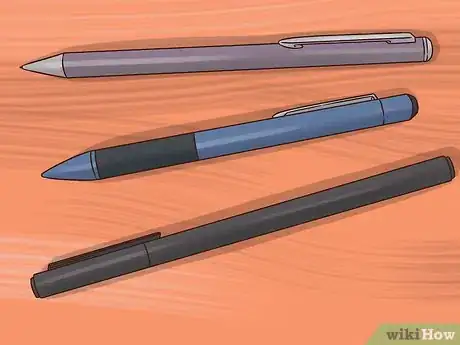
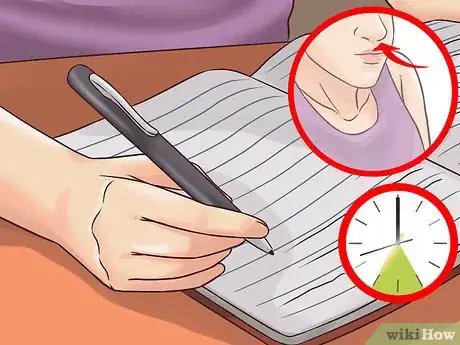
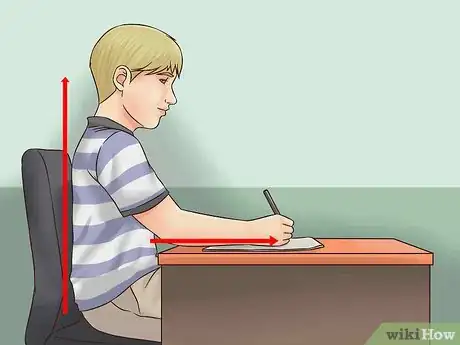

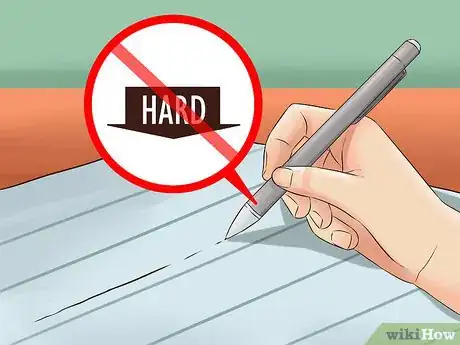
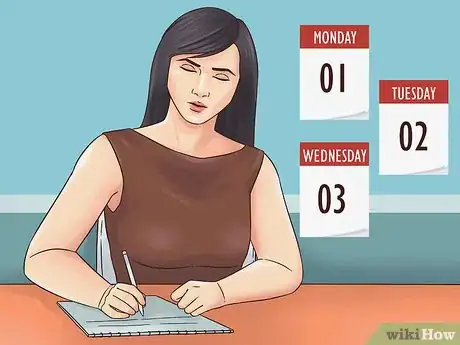
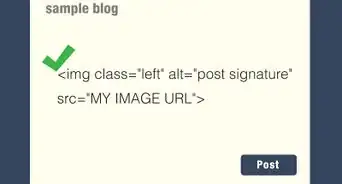

-Step-11-Version-3.webp)
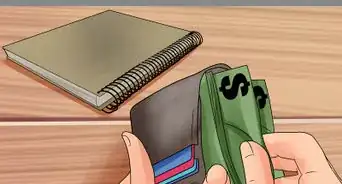




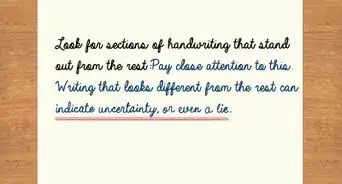

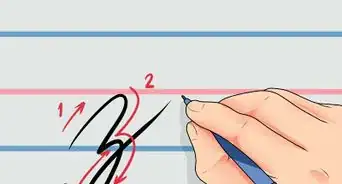














-Step-11-Version-3.webp)



































